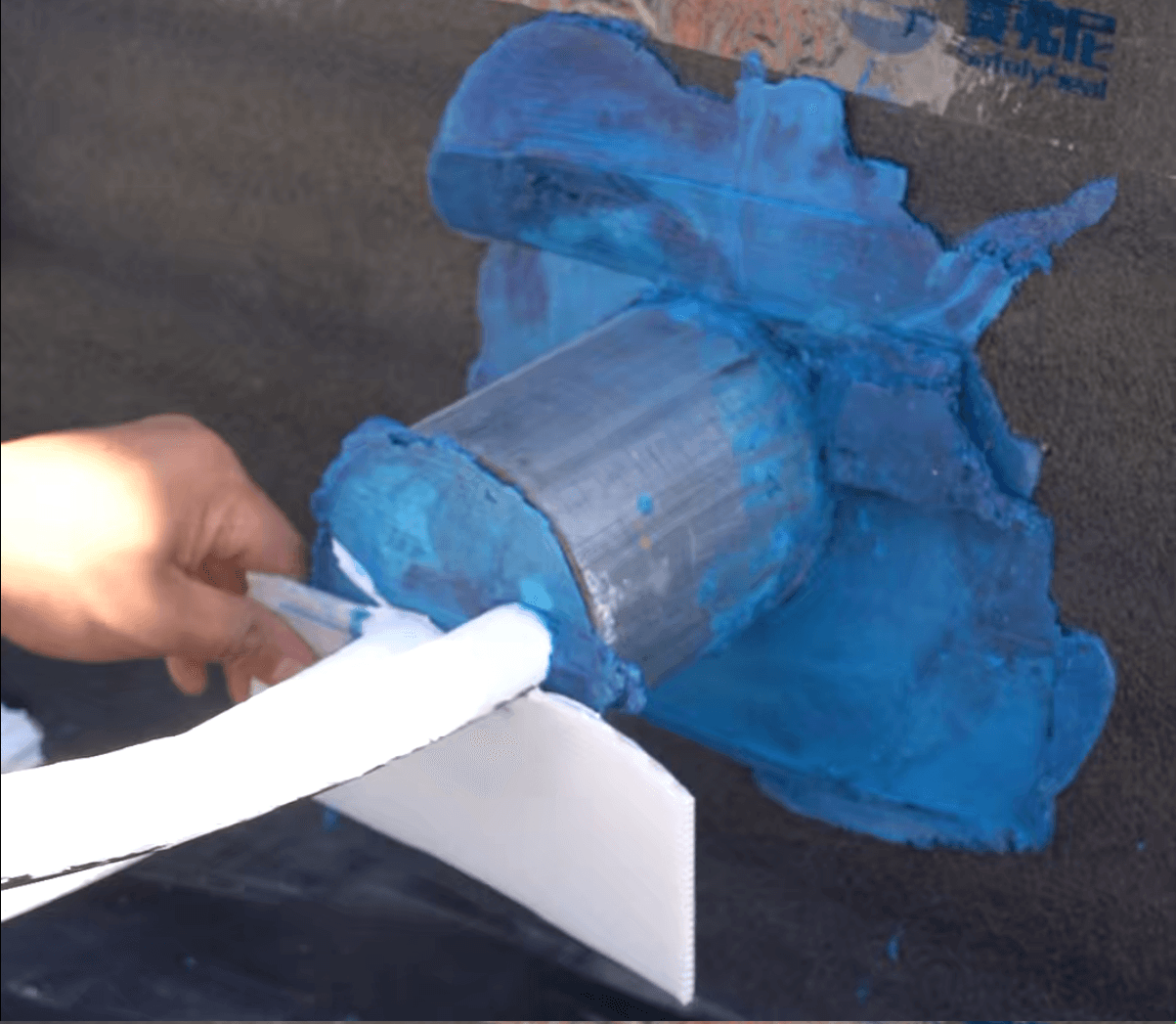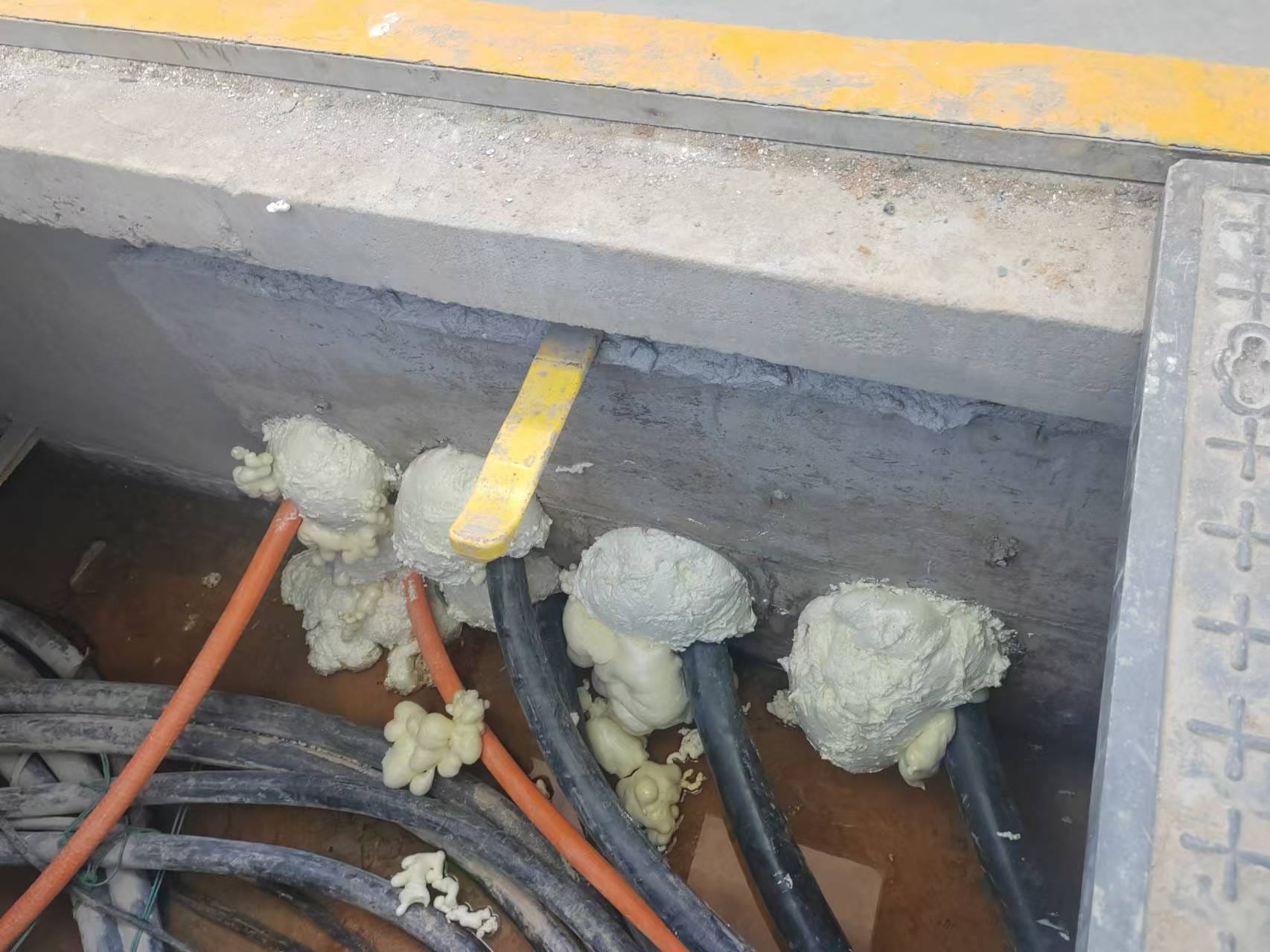
Using a Stud Finder with Electrical Detection:Lots of stud finders have the ability to detect electricity, which means they can tell you if there are electric wires running through your walls. They do it by detecting the electromagnetic fields produced by the current flowing through the wires and giving you a general idea of where they are.
Employing a Wire Tracer or Circuit Tracer: Wire tracers were made just for this job. You use them to follow where wires in the wall are by plugging one piece into an outlet and running the other piece along the wall until it beeps. I actually had one of these once and it was great, but I lost it somewhere.
Thermal Imaging Cameras: The flow of electricity through wiring makes it hot. With a thermal imaging camera, you can see the temperature difference on the wall, which allows you to track where the wire is. It’s a little harder to find wires not in use or with a really light amount of electricity, but the method still might work.
Magnetic Locators: You can use a magnetic finder to find the conduit if it’s metal. The device detects the metal behind the wall. That’s good for finding metal conduits, but it’s not going to work with anything that isn’t metal, like PVC.
Using a Stethoscope or Sound Detection Tool: Some guys actually take a stethoscope or a really sensitive microphone and tap on the wall to hear the sound change and figure out where the wire goes. This method doesn’t tell you exactly where it is, but it gives you a good idea of the direction it’s headed.
But often, solving problems is not that simple, such as how to solve these unconventional problems when encountered?
Can I Trace Conduit Wiring Without Breaking the Wall?
Yes, you can find out where the wire is without tearing up the wall. You can do it with a stud finder that has an electrical finder, a wire tracer, or a FLIR1 thermometer. These tools let you find the electricity, the temperature difference, or the metal in the wall, so you can figure out where the wire is without tearing up the wall.
What Should I Do If the Conduit Is Non-Metallic?
Finding PVC and other non-metal conduit can be tougher if you depend on a magnetic finder. In that case, a wire tracer you hook onto the circuit, a thermal imager (if there’s electricity going through the wire), or a fish tape with a transmitting device attached to it will all work.
Can I Trace Wiring Through Reinforced Concrete Walls?
Finding wires in concrete walls can be harder because of the rebar in the concrete. Some tools won’t work as well because of the rebar. You need a really good wire tracer that’s made for finding wires in tough situations. It will filter out the rebar and give you a better idea of where the wire is. You might also want to try a combination of methods, like using a wire tracer and a FLIR1 thermometer, to get a better idea of where the wire is.





